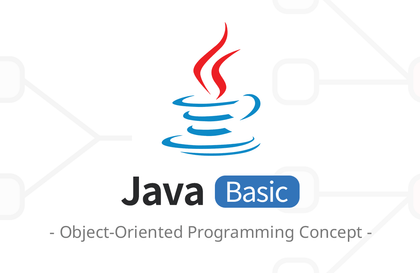
김영한의 실전 자바 - 기본편
김영한
실무에 필요한 자바 객체 지향의 핵심 개념을 예제 코드를 통해 쉽게 학습합니다.
초급
Java, 객체지향



You can understand and perfect the basics of DB data access technology required for backend development. You can understand the principles and structure of Spring DB access technology and grow into a more in-depth backend developer.
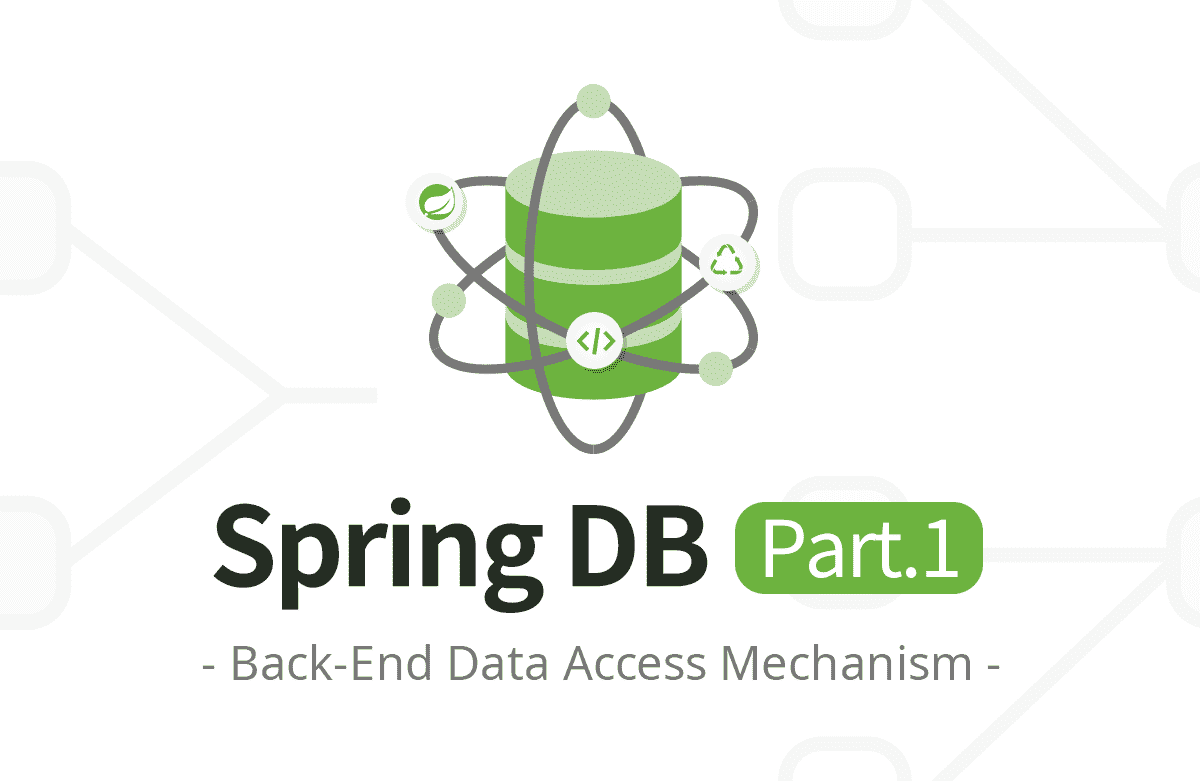
Spring DB Access Technology
Various ways to use DB through Spring
Internal principles of using DB through Spring
Must-know for backend developers
Spring Data Access Technology Part 1
📣 Please check!
This lecture is the sixth in the "Complete Java Spring Mastery" series . First, check out the Spring Mastery Roadmap from Woowa Brothers' youngest technical director, Kim Young-han.
• Roadmap link: https://www.inflearn.com/roadmaps/373 (click to go directly)
Most modern applications are web applications, operating in a web environment. Simply put, web applications perform three main functions . 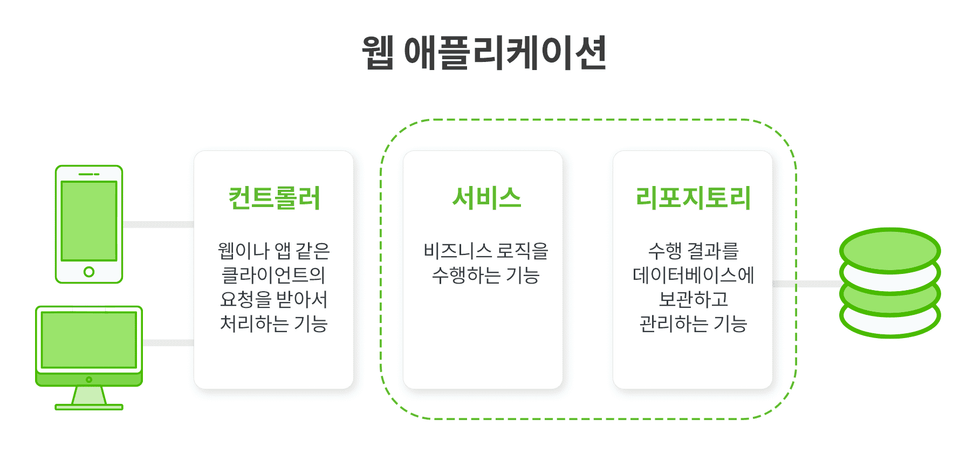
In the previous Spring MVC lecture, we learned how to receive and process client requests. This time, we'll delve deeper into the next step : services that perform business logic and repositories that store and manage the results in a database .
The function that receives and processes client requests uses Spring MVC. The function that executes business logic is written in pure Java code. Finally, the function that stores and manages the results in a database utilizes a variety of technologies, including JDBC, JdbcTemplate, MyBatis, and JPA. Furthermore, using the database data access technology provided by Spring, these technologies can be integrated with Spring for extremely convenient use.
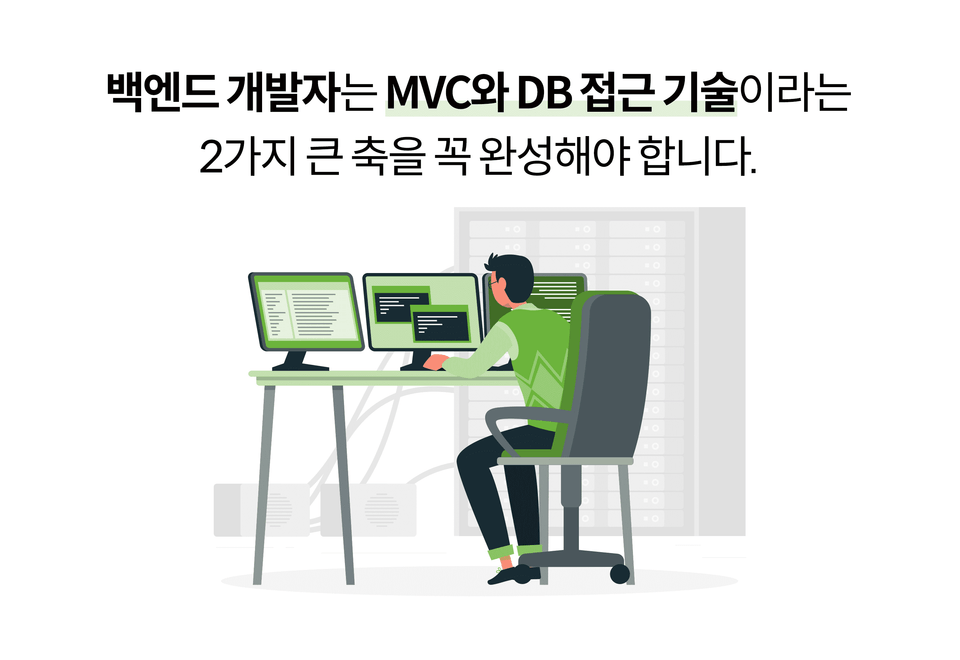
Storing and managing data in a database within an application requires learning a variety of data access technologies. The three main reasons why learning these data access technologies can be difficult are as follows:
All data access technologies are designed to store and manage data in a database. Therefore, a basic understanding of databases is required. Before taking this course, we recommend that you familiarize yourself with the basics of databases and SQL.
There are a truly diverse range of data access technologies, from JDBC and SQL mappers like JdbcTemplate and MyBatis to cutting-edge ORM technologies like JPA, Spring Data JPA, and Querydsl. With so many technologies available, it can be difficult to clearly understand and use their pros and cons, as well as the appropriate use case for each.
Data access technology, starting with JDBC, has been around for over 20 years. Over this time, not only has data access technology evolved, but Spring has also developed and improved numerous features to make these technologies more convenient to use. As a result, too much has been automated and abstracted. Backend developers, especially those just starting out, often don't understand the exact reasons behind why data access technologies work the way they do, and simply rely on usage patterns. Even if they ask themselves, "Why use it this way?", it's difficult to fully understand the context of past inconveniences that led to the current improvements and implementation.
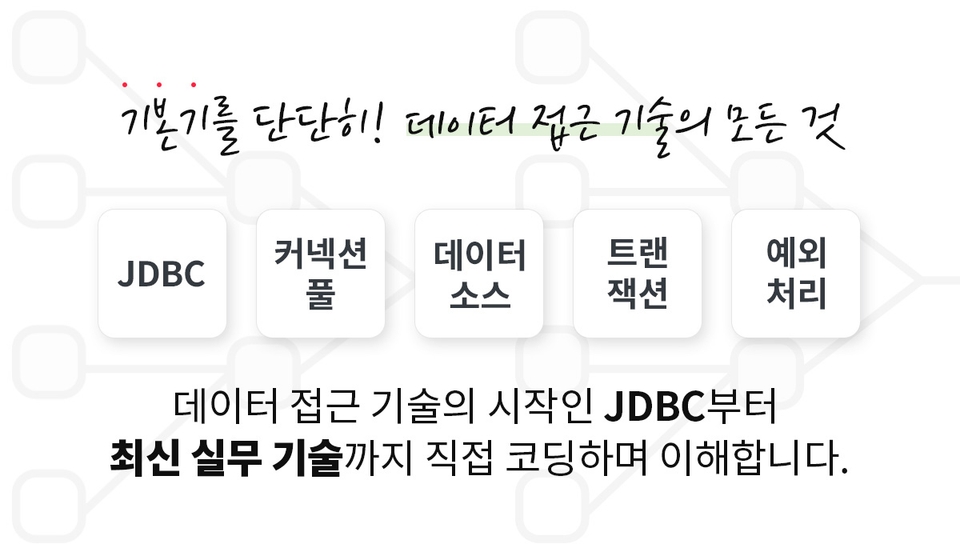
This course takes you back 20 years. Beginning with JDBC, the birthplace of data access technology, we'll explore connections, connection pools, data sources, transaction concepts, and even Spring-supported data access technologies, building everything with code. You'll explore the reasons behind the development of these technologies and the improvements they've made, and you'll gain a deeper understanding of them through hands-on coding.
And through Part 2, you will also learn data access technologies that are commonly used in practice, such as MyBatis and JPA.
When learning data access technologies, several fundamentals are crucial. This course covers the fundamentals of transactions and Java exceptions, which are widely used in practice but often difficult to learn. You'll also learn how these concepts are applied in practice through code.
This course doesn't cover everything about data access technologies. It establishes the core framework necessary for data access technologies and then focuses on the essential technologies needed for practical use. By the end of this course, you'll have a solid foundation and can confidently develop Spring backend applications.
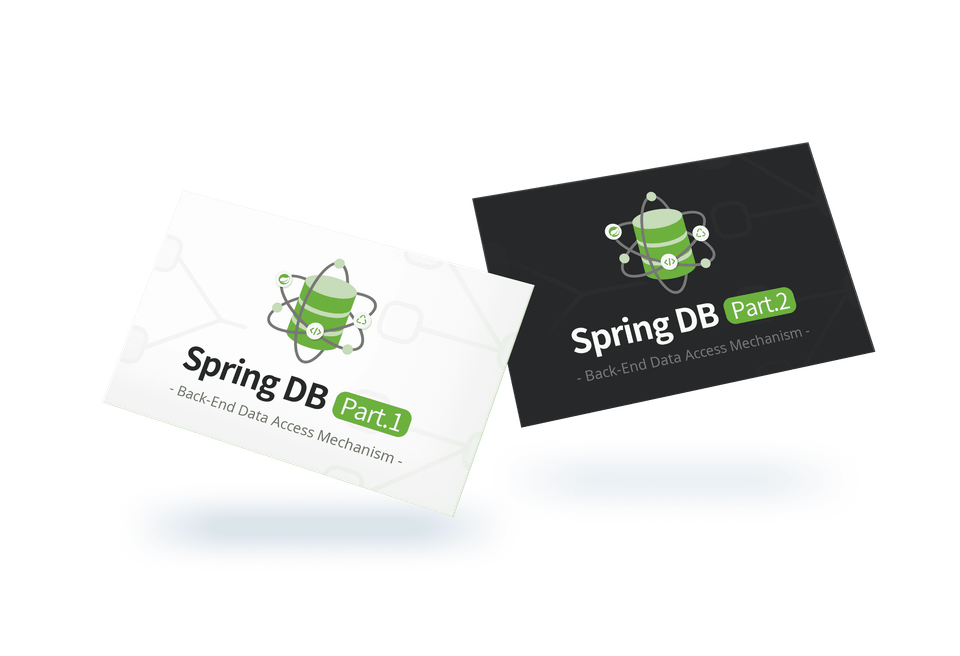
The Spring DB lecture is divided into parts 1 and 2.
This lecture is Spring DB Part 1 - Core Principles of Data Access .
Cover the core concepts of data access technology and understand the basic principles of data access technology provided by Spring.
Part 1 begins by exploring core concepts of underlying technologies like JDBC, connections, connection pools, data sources, and transactions, which are pure data access technologies without Spring. After establishing this foundation, we delve deeper, step by step, into how Spring data access technology facilitates the use of these features.
Learn various application techniques based on Part 1.
You'll learn SQL mapper technologies like JdbcTemplate and MyBatis, as well as cutting-edge ORM technologies like JPA, Spring Data JPA, and Querydsl, understanding their strengths and weaknesses. You'll also delve into data access layer testing methods and the various features of Spring transactions.

Who is this course right for?
Developers who want to access DB and manage data through Spring
Developer job seeker
Working developers who want to deeply understand Spring DB access technology
Developers who want to create web applications with Spring
Need to know before starting?
Java language
Spring Basics
DB Basic Knowledge
550,046
Learners
35,784
Reviews
8,944
Answers
5.0
Rating
24
Courses
교육자
전: 우아한형제들 기술이사, 카카오, SK플래닛
진짜 실무에 필요한 제대로 된 개발자가 될 수 있도록, 교육하는 것이 저의 목표입니다.
EO 인터뷰 영상
개발바닥 - 시골 청년 개발왕 되다
All
57 lectures ∙ (10hr 4min)
Course Materials:
All
912 reviews
5.0
912 reviews
Reviews 1
∙
Average Rating 5.0
5
보통 인터넷에 리뷰를 다는 편은 아닌데, 많은 도움을 받아서 글을 남깁니다. 지식공유자님의 다른 강의들이 그렇듯이, 강사님 본인의 개발 실력뿐만 아니라 철저한 준비가 기반이 된 좋은 강의입니다. 내용적으로도 정말 도움이 되지만, 항상 강의를 듣는 사람을 기준으로 어떻게 잘 전달해야 하느냐에 대한 고민이 녹아들어 있어 특히 추천할만한 강의입니다. 적절한 시점에 소스코드나 공식 문서를 뜯어 보여주시면서도 딱 그 시점에 필요한 만큼만 진행해주시고, 늘 그렇듯이 현업에서의 사용 경험 이야기도 도움이 됩니다. DB 접근기술을 공부하던 중이었는데, 기저에 있는 원리들에 대해서, 자연스럽게 나올 수밖에 없는 의문들에 대해서 큰 도움을 얻었습니다. 덕분에 시간을 크게 절약할 수 있었습니다. 특히 예외 처리 문제를 다룬 것이 정말 도움이 많이 되었습니다. JDBC를 학습하면서 예외에 대해 상당히 혼란스러웠던 상황이었는데, 1. 자바 예외 개념에 대해서 기초부터 탄탄하게 짚어 주시고, 2. 현업에서 사용 추세를 전달, 어떻게 사용하라는 것에 대한 지침을 명확히 주셔서 특히나 도움이 되었습니다. 사실상 독학으로 개발을 시작해서 구구단만 칠 줄 알던 시절부터 영한님 강의로 공부해온지 8개월 정도 지났는데, 강의 하나하나가 정말 도움이 되었습니다. 특히 강사님의 라이브 코딩으로 진행되는 수업이기에, IDE 이용과 좋은 코드 작성법에 대한 지식도 습득할 수 있다는 점도 추천하고 싶습니다. 항상 감사합니다.
이한빈님 열심히 공부하시고, 또 이렇게 강의의 장점을 하나하나 풀어서 이야기해주시니 정말 고맙습니다. 자바 예외의 기초에 대해서 여기에 포함할까 고민을 좀 많이 했었는데, 이런 부분에서 도움을 드려서 저도 보람이 있네요. 고맙습니다!
Reviews 6
∙
Average Rating 4.3
5
자바 문법만 공부하고 JPA -> Spring 로드맵 순서로 영한님 강의 전부 본 취준생 입니다. (순서가 바뀐것 같지만 제가 시작할 당시엔 스프링 기초편만 있었어요 ㅠㅠ) 고대 개발자들이 어떤 문제를 느껴서 어떻게 발전 했는지 처음 프로그래밍을 하는 저도 이해할 수 있게 쉽게 풀어서 설명 해 주셔서 큰 어려움 없이 여기까지 온 것 같아요. 이번 강의는 전에 고급편을 듣고 와서 그런지 템플릿, 콜백, 프록시, AOP 같은 개념이 나왔을때 이렇게 활용 되는구나 하고 재미있게 들었네요. 나중에 제가 기능을 만들때도 반복되는 코드나 의존성 문제가 생기면 패턴을 도입 해야겠다는 생각이 들었습니다. 스프링으로 만드는 프로젝트 같은 책으로 시작을 했다면 그저 스프링을 사용하는 것에 만족했을 수도 있었겠다는 생각이 들어서 영한님 강의로 시작하길 잘한것 같아요 :) DB 2편을 기다리면서 말씀 해 주신 것처럼 공부하는 단계를 넘어서 체득하는 단계로 가려고 하는데 어떻게 시작해야 할지 막막하긴 하지만 영한님의 조언대로 작은 프로젝트부터 차근차근 만들어 볼 생각입니다. 강의도 물론 좋지만 마지막에 나아가야 할 방향을 제시 해 주시는게 저한테 큰 동기부여가 되는 것 같아요 정말 감사합니다^^
민규님 제가 딱 의도한 대로 공부를 하셨군요^^! 취준생인데, 벌써 이정도 고민을 하셨다면 실무 개발자가 되었을 때 분명 좋은 개발자가 되실 것이라 확신합니다. 응원합니다!
$59.40
Check out other courses by the instructor!
Explore other courses in the same field!